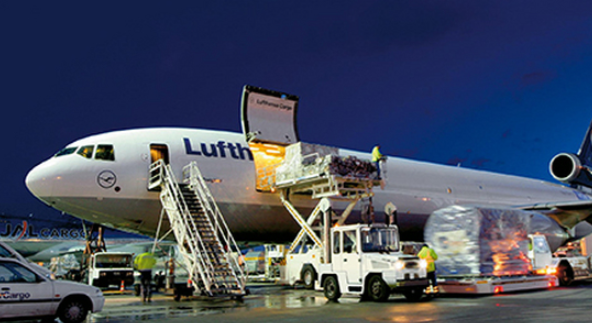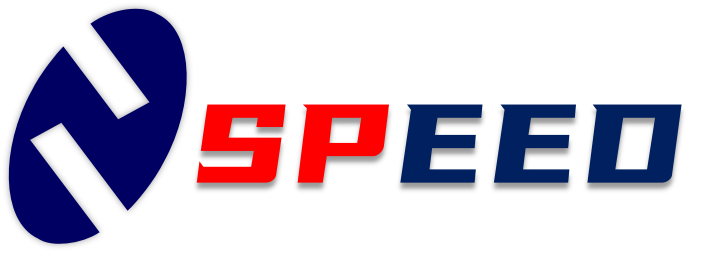What is the customs clearance process for international air cargo after it arrives at the port?
The customs clearance process for international air cargo upon arrival at the port mainly consists of four core steps: "review by the destination country's customs → inspection (if any)→ payment of taxes → release". The overall process revolves around "confirming the compliance of the goods and collecting corresponding taxes and fees". The cooperation of the consignor mainly focuses on "providing information", "cooperating with inspection" and "handling abnormalities", which directly affects the efficiency of customs clearance.
I. The entire customs clearance process after international air freight arrives at the port
1. Synchronization of goods arrival at port and information: The "start-up prerequisite" for customs clearance
After the goods arrive at the airport of the destination country, the airline will first transport the goods to the airport supervision warehouse (the temporary storage area designated by the customs, and the goods cannot be privately picked up before customs clearance), and at the same time submit the "cargo manifest" (including the bill of lading number, name of the goods, weight, consignee information, etc.) to the local customs. And send the "Arrival Notice" to the consignee or the customs clearance agent entrusted by him/her (usually the destination country agent connected by the freight forwarder in the country of origin). The key to this step is "information synchronization" - the customs clearance agent needs to confirm that the bill of lading information is consistent with the bill of lading, commercial invoice and other materials to avoid subsequent review being blocked due to information deviation.
2. Submit customs clearance documents: Officially "declare" to the customs
After the customs clearance agent has sorted out the complete set of documents, they submit the declaration to the customs of the destination country. This is the core step of customs clearance.
The documents to be submitted are similar to those for customs declaration at the place of departure, but they must meet the requirements of the destination country and usually include: A copy of the air waybill (or telex release), commercial invoice (translated into the language of the destination country, such as English or the local language for the EU), packing list, trade contract (mandatory in some countries such as Brazil and India), import license (for controlled goods such as medicines and electronic products), certificate of origin (for enjoying tariff preferences) Such as goods under the China-Asean Free Trade Agreement.
The declaration method is mostly "electronic declaration" (submitted through the customs system of the destination country), while some countries still require paper declaration. The agent must ensure that the information is filled in accurately (such as the declared value and HS code must be consistent with the local customs code), otherwise the document will be "returned", and re-declaration will be delayed by 1 to 3 days.
3. Customs Review and Inspection: Confirm "Consistency between documents and goods"
After receiving the declaration materials, the customs will verify them in two steps:
Step 1: Document Review: Customs officers review the completeness and authenticity of the materials, with a focus on checking whether "the declared value is reasonable" (if it is too low, it may be suspected of tax avoidance), "whether the HS code is accurate" (coding errors may lead to miscalculation of tax rates or determination as embargoes), and "whether there are any omitted licenses". If the review is approved, proceed to the next step. If there are any doubts (such as the declared value being much lower than the market price), the customs clearance agent will be required to provide supplementary explanations (such as purchase invoices and market price certificates).
Step 2: Goods Inspection: The customs will notify the goods to be transported from the supervised warehouse to the inspection site based on "risk control" (such as sensitive categories and first-time importers) or "random spot checks" (the spot check rate is usually 5% to 20%, with significant differences among different countries). The customs clearance agent needs to be present to cooperate, assist the customs in verifying whether the name, quantity and packaging of the goods are consistent with the declared information, and answer the customs' questions (such as the purpose and material of the goods). If the inspection is passed, it will enter the tax payment stage. If it is found that the goods do not match the documents (for example, if they are actually electronic products but are declared as daily necessities), they will be detained, need to be re-declared or face a fine. In serious cases, the goods may be returned.
